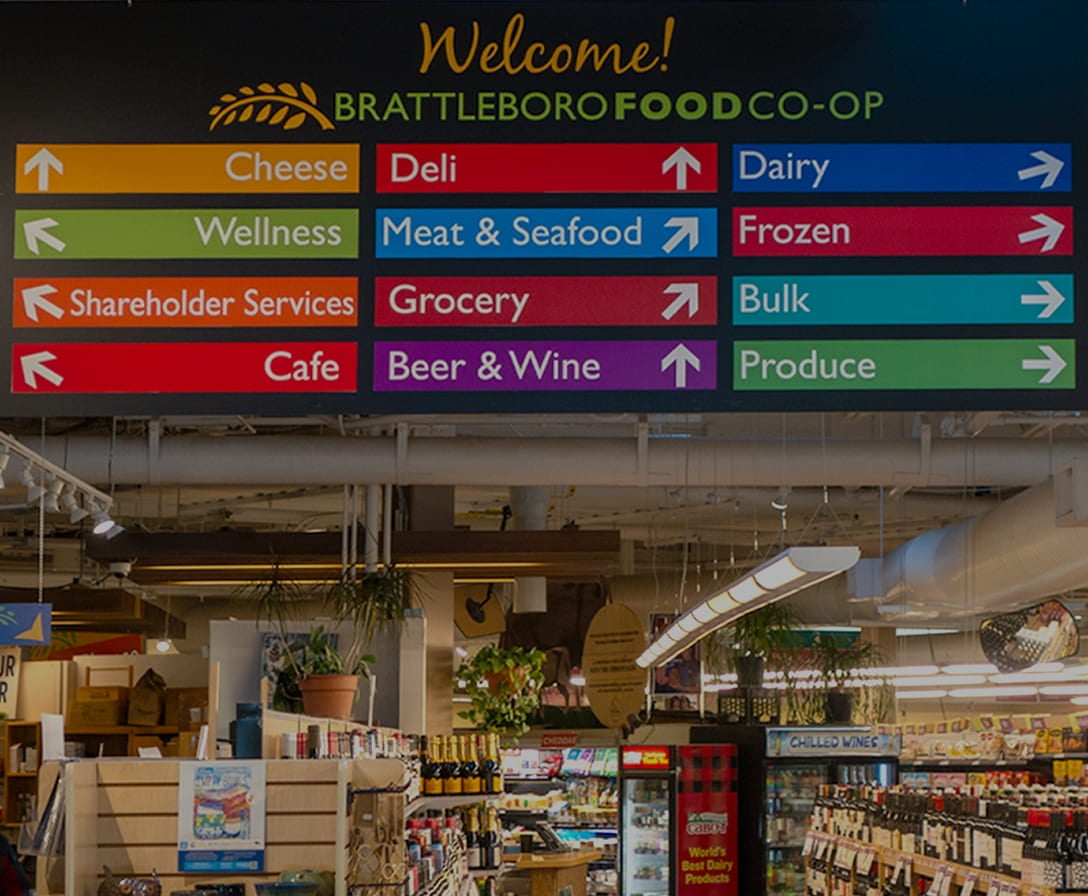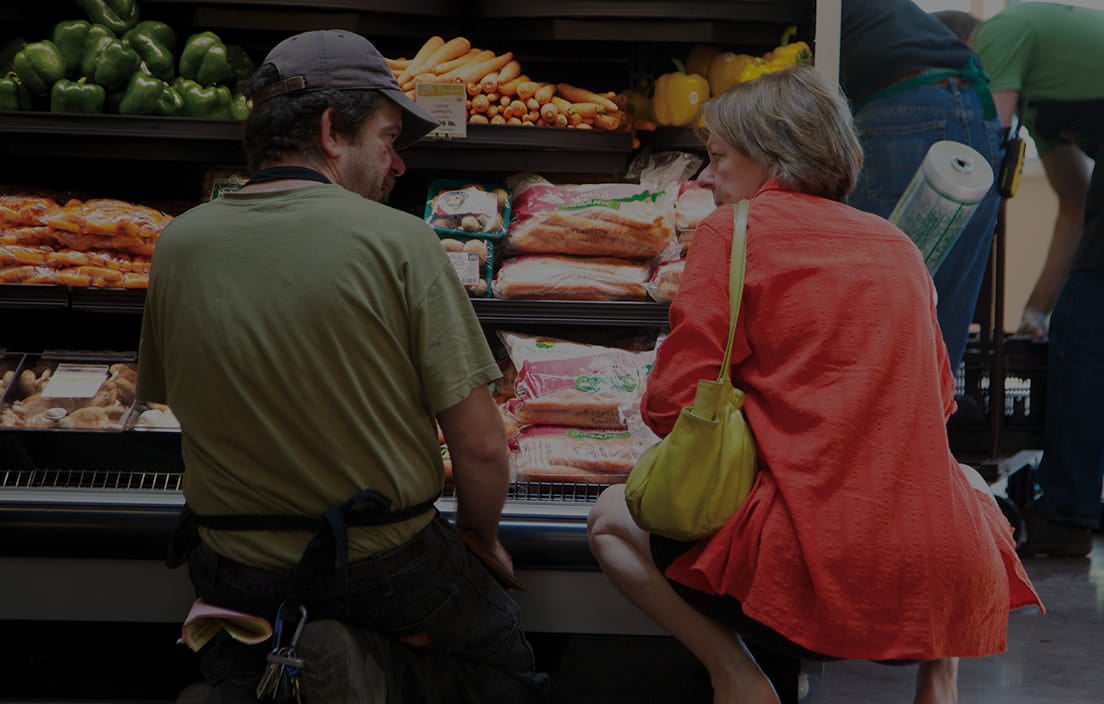What’s Cookin’
In recent conversations, I have referred multiple times to an article that I read last fall, and its conclusions never fail to surprise the listeners. In a Harvard Business Review article,1 Eddie Yoon observed some consumer trends over a fifteen-year period, which have direct impact on how the grocery industry interacts with its customers—or rather, how the customers interact with the industry. Fifteen years ago, Mr. Yoon measured the percentage of Americans who fell into three categories: those who love to cook, those who hate to cook, and those who like to cook occasionally. He reported that at that time, 15% of Americans loved to cook, 50% hated it, and 35% would take it or leave it. Recently, he discovered that now only 10% love to cook, while 45% hate it, and 45% are lukewarm about it. This is a pretty large change in a relatively short period of time, and his point is that the grocery industry is sure to suffer for it.
This seemed odd at first, when I was confronted with only the numbers. How could an entire generation that had grown up with the ever-popular Food Network not want to get out there and try things? The answer is that we are either mesmerized by the theatre of much of this food preparation programming, or simply overwhelmed by the level of expertise that is showcased. We know from our own experience in the aisles that some customers are really at a loss as to how to cook something relatively simple, so we make sure that our staff engage customers about simple preparations, and not assume that people have the knowledge, or the confidence, to ask the right questions.
This issue brings to mind some of the conversations we have been having around the use of the Bulk Department. For core customers of the Co-op, many of whom have been shopping at the Co-op since the late ‘70s or early ‘80s, bulk shopping is so much a part of their lives, they can’t even imagine why sales in this area have fallen off so much. Bulk is the historical heart of the Co-op in that it offers many products, some not readily available, in quantities controlled by the shopper, for usually less cost. But beyond this core shopper, this section of the store is a marvelous curiosity, where others see guidelines for marking containers with PLU codes, and no preparation instructions on the package. We continue to try to invite new users into this section with better organization, pamphlets on preparation (how much water to add to the pot and for how long), and demonstrations. But in the end, the statistics Mr. Yoon has observed are the prevailing forces in society at large. He maintains that this long-term decline in consumers’ relationship to cooking is akin to our relationship to sewing. As recently as fifty years ago, many people wore clothing sewn at home, whereas now, it is exceedingly rare to make one’s clothes. So, in addressing the activity of cooking we have moved relatively quickly from a “mass category to a niche activity.”
Now, granted, most shoppers in our Co-op like to cook at least some of the time. And most shoppers in our Co-op seek high quality, local, and often organic ingredients. So already, we have a pretty engaged population as a percentage. But we are a community market that serves, and seeks to serve, a wide swath of our community. Will we succeed in serving everyone perfectly? Certainly not. But we can offer a breadth of possibilities, which include everything from esoteric raw materials to meal kits to prepared foods. Most of us have sampled items from every part of the preparation spectrum, depending on our situation. But it is important for us as a Co-op to pay attention to national trends as well as our own core customer activities. Like it or not, we are all affected by a lifestyle that has profoundly changed how we eat, with whom, and how often. In the interest of longevity, we need to provide entrées (pun intended) into nutritious, local food, and we may, over time, entice folks who are currently solidly in the 45%-ambivalent-about-cooking camp into a greyer area, where more cooking happens for the joy and taste of it. Some of us like to know where all our local ingredients came from, an opportunity to enjoy the fruits of our neighbors’ labors. But we humans are messy, and we will, in the same breath, order something from a mail-order behemoth because, well, it’s one click.
Once again, thank you for shopping at your community-owned Co-op, and for bucking whatever trend we may have identified here. We love every messy one of you.
 By Sabine Rhyne, General Manager
By Sabine Rhyne, General Manager
1. Eddie Yoon, “The Grocery Industry Confronts a New Problem: Only 10% of Americans Love Cooking‚” Harvard Business Review, 22 September, 2017
About Producer of The Month

Shop Online

On Sale Now!

